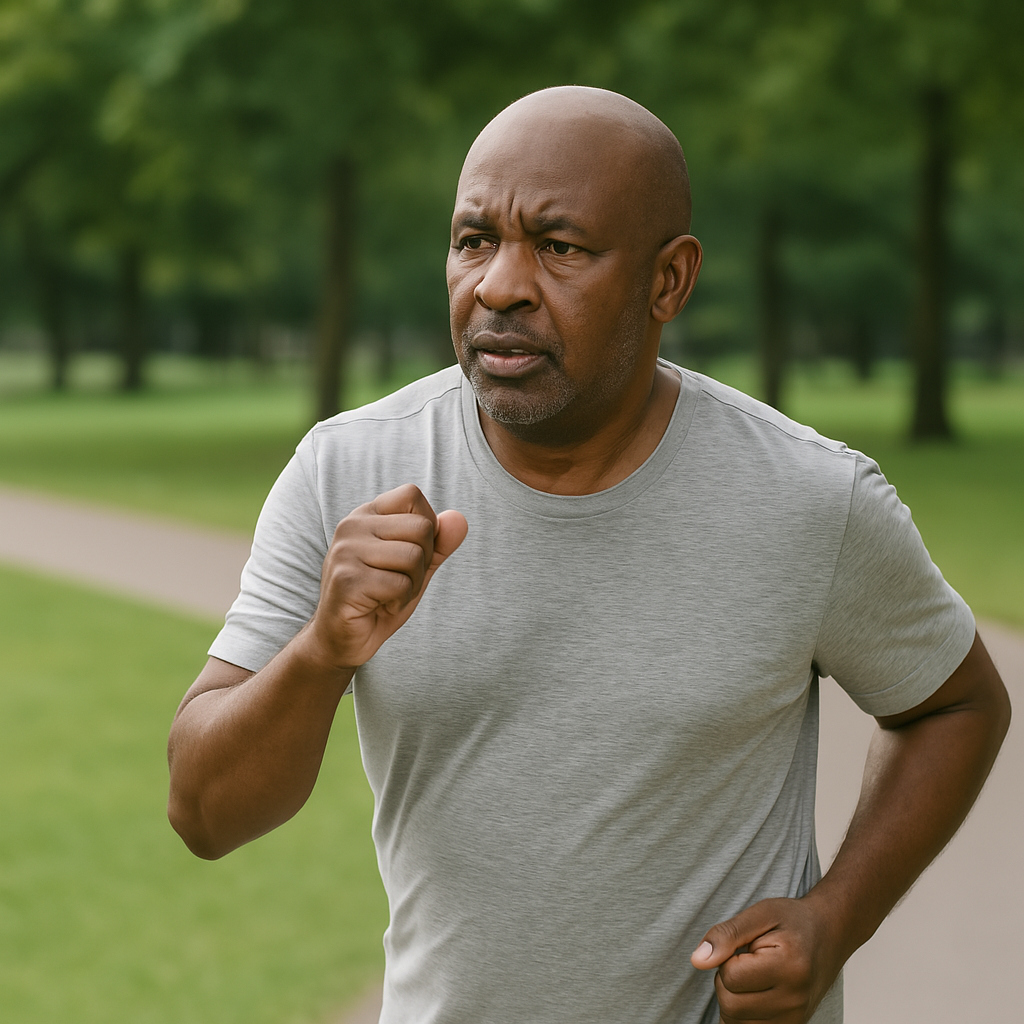Parkinson’s disease is a progressive neurological disorder that affects movement, balance, and coordination. It is mostly associated with old age, and has continued to exert significant public health impact worldwide, including in Nigeria. Typically, medications are the mainstay of managing the symptoms of Parkinson’s. However, exercise also plays crucial roles in helping people with Parkinson’s disease maintain mobility, improve mood, and slow the progression of symptoms. In today’s post, we highlight the specific roles that exercise plays in managing Parkinson’s symptoms. Let’s get to it!

Why Does Exercise Matter for Parkinson’s Disease?
Exercise for Parkinson’s is not just about staying fit; it is about retraining the brain. Parkinson’s affects the basal ganglia, the area of the brain responsible for movement control. Physical activity can stimulate this part of the brain, enhancing neuroplasticity, which helps the brain form new neural connections. This means that movement patterns lost due to Parkinson’s can potentially be relearned and improved through targeted exercise.
What Kind of Exercises are Useful?
Different types of exercise address different Parkinson’s symptoms. For instance, aerobic exercises like walking and cycling can help in the following ways:
- Improved Mobility and Balance: Walking and cycling help maintain leg strength, joint flexibility, and balance. This can counteract the shuffling gait, stiffness, and instability common in Parkinson’s disease.
- Rhythmic Movement Reinforces Brain Signals: Parkinson’s disrupts the brain’s ability to coordinate smooth, automatic movements. Repetitive, rhythmic activities like walking and cycling help reinforce motor pathways, promoting better control and fluidity of movement through neuroplasticity.
- Reduction in Bradykinesia (Slowness of Movement): Regular cycling and brisk walking can train the body to initiate and sustain movements more easily, reducing the slowness that often characterizes Parkinson’s.
Similarly, balanced focus workouts can help in the following ways:
- Strengthen Core and Stabilizing Muscles: Exercises like tai chi, yoga, and simple balance drills activate core and leg muscles, which are crucial for maintaining an upright posture and preventing falls.
- Improve Proprioception: Parkinson’s can dull the body’s sense of position in space. Balance workouts train proprioception (body awareness), helping individuals react better to shifts in terrain or posture
- Enhance Coordination and Reflexes: Slow, controlled movements in practices like tai chi or standing leg lifts improve the brain’s ability to coordinate muscle activity. This helps with day-to-day tasks like turning, getting up from a chair, or catching oneself during a misstep.
A combination of these exercises, done consistently, builds confidence and reduce fall anxiety, supports better posture and boost mood and mental health. This ultimately results in better outcomes of Parkinson’s disease while enhancing cardiovascular health too.
Working With a Professional
It is important to work with a professional that would tailor exercise routines to individual needs and disease stages. Working with a physiotherapist or a fitness professional trained in Parkinson’s care ensures safety and effectiveness. They can recommend modifications and monitor progress, helping patients build strength gradually without overwhelming the body.
A Word From HealthFacts to You
Exercise is not a cure for Parkinson’s, but it is a powerful tool in managing its symptoms. From improved mobility and balance to enhanced mood and mental health, staying active plays a critical role in living well with Parkinson’s disease. If you or a loved one is living with Parkinson’s, consider incorporating regular, supervised exercise into your daily routine. This one of the most proactive steps you can take toward a better quality of life.
Subscribe to our newsletter for more updates.









